Achieving deep reductions in farm antibiotics use will require widespread changes in animal husbandry practices towards higher animal welfare, argues a new paper written for EPHA.
On 28 January 2022, ambitious rules restricting the use of veterinary antimicrobials will start applying across the European Union (EU). These new rules ban the routine use of antibiotics and restrict preventative use to exceptional treatments of individual animals. Also, antimicrobials can no longer be applied to compensate for poor hygiene and animal husbandry practices.
While welcoming these rules and raising the expectation that they will help cut antibiotics use and reduce the threat of antimicrobial resistance (AMR), the paper raises concern about the probability of widespread non-compliance with the legislation.
This is because, it argues, there is so far little indication that Europe is moving away from highly intensive livestock farming systems. Such systems are often associated with factors that drive the routine and excessive use of antibiotics, such as inadequate animal husbandry and high levels of disease.
The paper recommends 10 actions to help achieve significant cuts in farm antibiotic use across Europe while improving animal health and welfare:
4 OVERARCHING POLICIES AND TARGETS
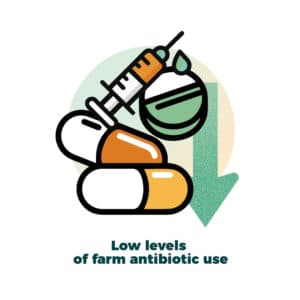
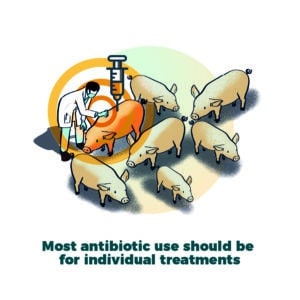
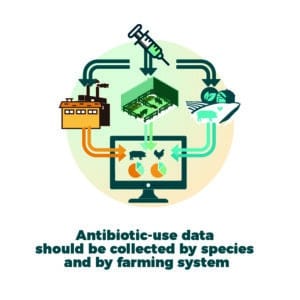
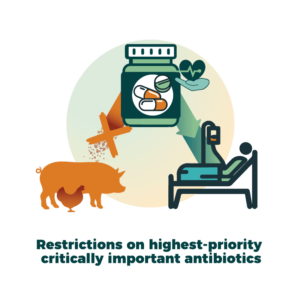
6 KEY CHANGES IN ANIMAL HUSBANDRY PRACTICES
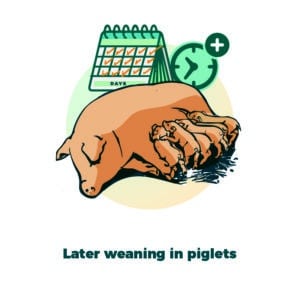
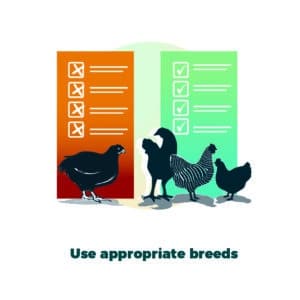
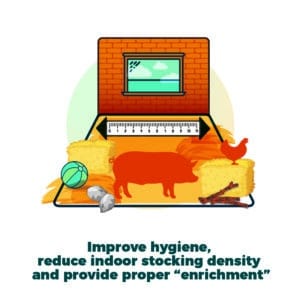
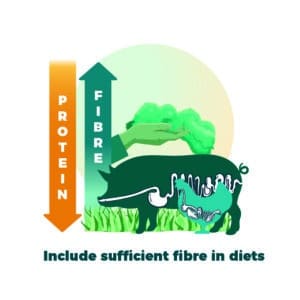
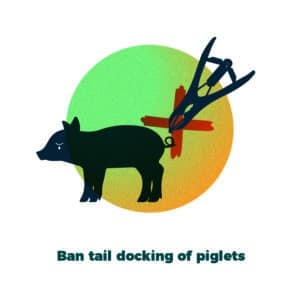
Corrected Version (February 2022)
An unintentional mistake was reported after publication of the paper in January 2022 in Section 3.5, in the following sentence:
“Taking total animal and total human biomass, or PCU, into account, use in animals in 2017 was higher at 130 mg/kg compared with 108.3 mg/kg in humans.”
It should have read that, based on PCU, antibiotics use in humans in 2017 was higher than in animals.
Section 3.5 has been corrected as follows:
“3.5. Total European antibiotic use in animals remains higher than in humans, but use per biomass is lower in animals than in humans
Despite the decline in farm antibiotic use in Europe, overall antibiotic use in animals remains higher than in humans. The “joint inter-agency antimicrobial consumption and resistance analysis” (JIACRA) reports, jointly published by the EMA, the European Food Safety Authority (EFSA) and the European Centre for Disease Prevention and Control (ECDC), compare antibiotic use and antibiotic resistance in animals with that in humans [61].
The most recent JIACRA report shows that total veterinary antibiotic sales in 29 European countries accounted for 61.4% of all antibiotic sales in Europe in 2017, a reduction on the 70% figure found in earlier reports for 2012 and 2015.
However, taking total animal and total human biomass, or PCU, into account, use in humans in 2017 was higher at 130 mg/kg compared with 108.3 mg/ kg in animals. This is because of the higher overall animal biomass, which is nearly twice as high as human biomass.”



